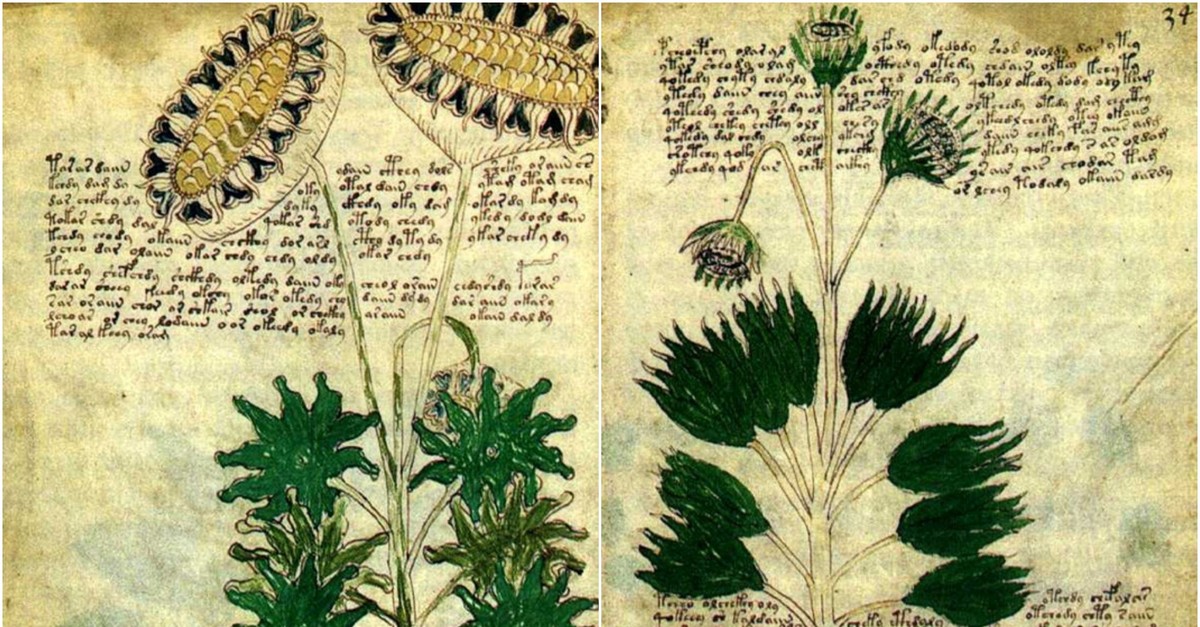

In May, Gerard Cheshire, a visiting research associate at the University of Bristol, said in a published paper that he had identified the writing through “ingenuity and lateral thinking” as an extinct “proto-romance” tongue.īut critics pounded Cheshire’s research as well, with Davis calling it “aspirational, circular, self-fulfilling nonsense,” and the University of Bristol quickly withdrew its press release. Anthropology instructor from Foothill College, shows an image of the Voynich Manuscript that he and his team helped decipher to a group at SRI International in Menlo Park, Calif., on Thursday, July 11, 2019. MENLO PARK, CA – JULY 11: Timothy King, Ph.D.

Critics assailed their use of Google Translate to interpret some of the text. In January 2018, University of Alberta computer scientists led by language processing expert Greg Kondrak claimed to have decoded the manuscript using artificial intelligence and concluded it was written in a form of Hebrew.
#Voynich manuscript deciphered code#
Some suggested it was mere gibberish to perpetrate a hoax, others that it is some sort of code to conceal pagan heresies.
#Voynich manuscript deciphered cracked#
There have been plenty of theories about the manuscript and claims to have cracked its cryptic writing. Its vellum pages were radio-carbon dated in 2011 to the early 15th century. Polish antiquarian book dealer Wilfrid Voynich bought it from the Jesuits in 1912 and took it with him when he moved to the United States before World War I. The origin and authorship of the peculiar paperback-sized Voynich Manuscript, now kept at a Yale University library of rare books, are unknown. The earliest record of its ownership is a 1639 letter from a Prague scholar to a Jesuit friend in Rome he thought might be able to translate a book he said had been owned by Holy Roman Emperor Rudolph II. “I can say without reservation that their proposal is not new to Voynich research, and it cannot possibly be correct,” said Lisa Fagin Davis, executive director of The Medieval Academy of America in Cambridge, Mass., after reviewing King’s paper.

The latest research from King is getting a similar reception. Voynich Manuscript: Did Bay Area researchers decode mystery?Īn image from “A Proposal for Reading the Voynich Manuscript” July 2019 by Tim King, Alessandra Andrisani, Bryce Beasley and Julian Condo.(Courtesy of Tim King).īut many others have claimed to have solved the manuscript’s language riddle over the years, most recently a British researcher in May, only to have other scholars dismiss their work.


 0 kommentar(er)
0 kommentar(er)
